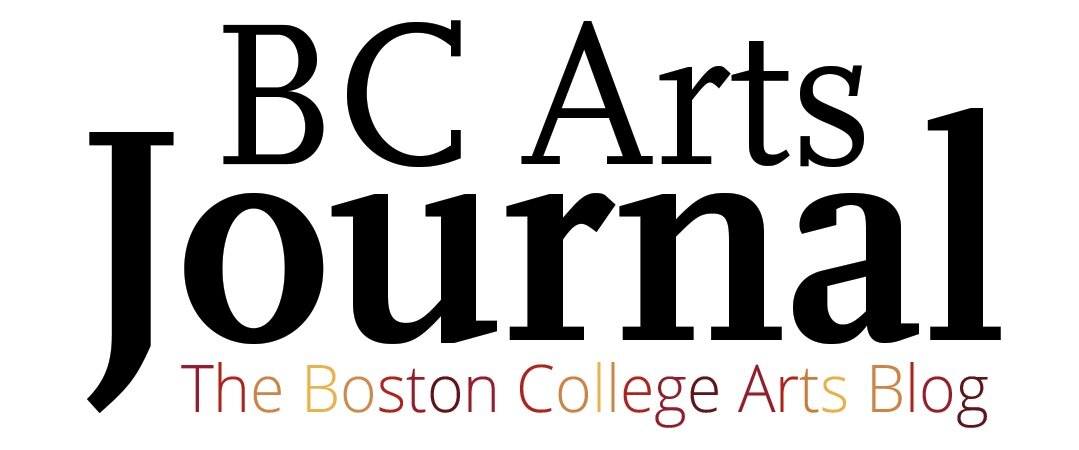Art, Economics, and Inequality: How Neoliberalism Reshaped the 1980s Fine Arts Market
A Sotheby’s auction in London in 1986.
Photo: Marc Deville/ Gamma-Rapho via Getty Images
In the 1980s, neoliberal economics didn’t just reshape art markets—it rewrote the rules of who thrived and who got left behind, from underfunded artists to art dealers battling gender-based pay gaps. The 1980s marked a memorable shift in the fine arts markets, as neoliberal economic politics reshaped arts funding and market dynamics, fostering deeper inequalities in the artist valuations and earnings. Neoliberal economic policies are in short a model that shifts control from the public sector to the private sector, blending political and economic factors. Neoliberal economics prioritized efficiency and individual entrepreneurship, reducing public investment in the arts and leaving artists increasingly dependent on private markets and commercial success. This had positive and negative effects on the market as a whole, but individual entrepreneurship reduces the ability to introduce safeguards to prioritize equal representation across marginalized groups, such as equality for artists regardless of gender, ethnicity, sexual orientation, etc. The transition of the markets emphasized efficiency and individual entrepreneurship, reducing public investment in the arts and leaving artists increasingly reliant on private markets and commercial success.
The ripple effects of these changes were profound. For example, the National Endowment for the Arts (NEA) saw significant budget cuts during the early 1980s. In 1981, the NEA’s annual report highlighted the Challenge Grant program, which supported small organizations extending arts access to underserved communities, with a budget of $14,993,825. Just a year later, the program’s funding was slashed to $11,829,500—a reduction of over 20%. These cuts didn’t just limit artistic opportunities; they narrowed the accessibility of art to diverse audiences. Public funding, which had historically acted as a counterbalance to the inequities of the private market, was no longer sufficient to sustain inclusive artistic representation.
The private market, by contrast, thrived under neoliberal policies, but not without significant consequences. Auction houses like Sotheby’s and Christie’s saw unprecedented growth as art prices became a spectacle. A New York Times article in 1981, titled “Expected Cuts Trouble The Arts,” predicted a 50% reduction in subsidies from the NEA, compounding financial difficulties for state arts commissions. These cuts forced artists to turn to privatized markets, where they faced intense competition and uncertainty. Some artists sought to brand themselves as a means of achieving financial stability, aligning their practices with the booming auction market. Buyers from Japan, Europe, and beyond entered the scene, driving the globalization of art markets and turning auction houses into public spectacles of wealth and cultural capital.
While the market’s privatization opened doors for some, it created significant risks for others. Art dealers, who were integral to connecting artists with buyers, faced their own challenges. The market’s volatility meant dealers could make or lose substantial sums depending on sales. For women in the industry, the challenges were even greater. A former fine arts saleswoman recounted her experience working in New York City during the mid-1980s to me, sharing a story about her experience with the Gender Wage Gap during this period. She shared with me that, at a casual gathering with male colleagues, the topic of commission rates surfaced. While male employees received a standard 7.5% commission, she discovered she was earning just 2.5%. When her request for equal pay was denied, she left the industry for a more equitable position on Wall Street. This story underscores the gender-based disparities that permeated not only artistic representation but also the business dynamics of the art world.
The neoliberal economic policies of the 1980s left an indelible mark on the fine arts sector, reshaping funding structures and market dynamics. Privatized markets and the emphasis on individual entrepreneurship created opportunities for global expansion and auction booms, but they also deepened existing inequalities. Government funding cuts, like those to the NEA, removed safeguards that supported marginalized groups, leaving women and other underrepresented artists and professionals to navigate an increasingly inequitable system.
As we reflect on this era, it is crucial to consider how market-driven values can coexist with efforts to ensure equity in the arts. Addressing these historical inequities requires a commitment to creating inclusive systems—whether through public funding, policy reform, or advocacy—that prioritize representation and fairness for all participants in the art world.
Article Written by: Brooke Olson
Work Cited:Anonymous. Interview by Brooke Olson, November 28, 2024.
“Challenge America | National Endowment for the Arts.” n.d. National Endowment for the Arts. Accessed November 30, 2024. https://www.arts.gov.
Charles, Eleanor. “Expected Cuts Trouble the Arts.” New York Times, April 5, 1981.
Goyanes, Rob. “How the Glitz and Excess of the 1980s Shaped Contemporary Art.” Artsy, February 21, 2018. https://www.artsy.net.
Manning, Liz. “Neoliberalism: What It Is, With Examples and Pros and Cons.” Investopedia, August 30, 2010. https://www.investopedia.com.
McAndrew, Clare. The Art Market 2019: An Art Basel & UBS Report. Arts Economics, 2019.
Munchic, Suzanne. “Art in the Eighties: An International Bull Market.” Los Angeles Times, December 25, 1989. https://www.latimes.com.
National Endowment for the Arts. Annual Report: 1981. Washington, D.C.: National Endowment for the Arts, 1981.
National Endowment for the Arts. Annual Report: 1982. Washington, D.C.: National Endowment for the Arts, 1982.

